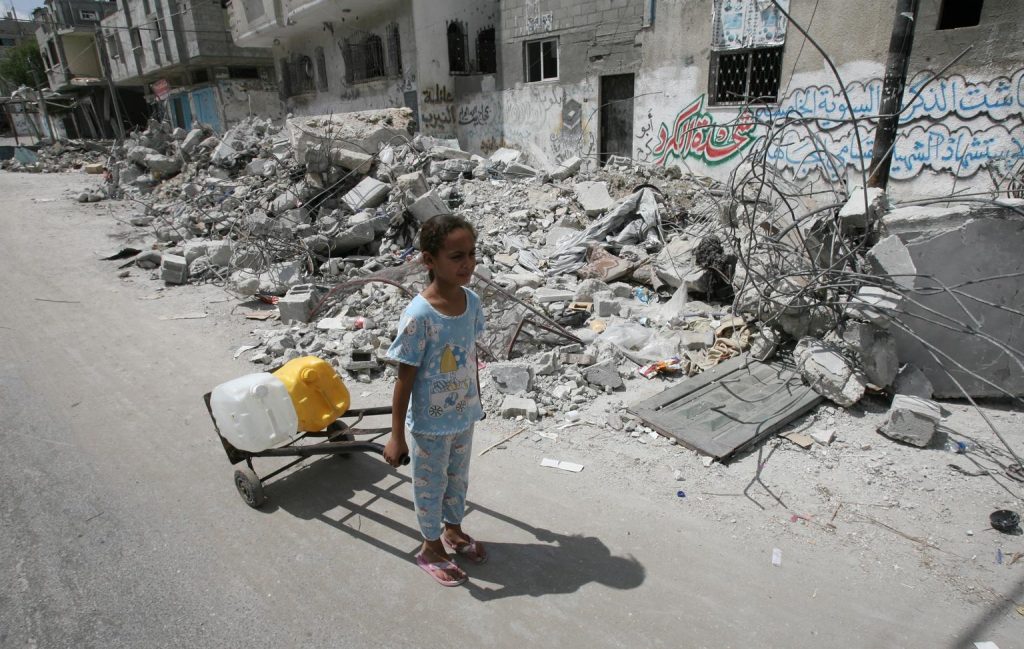United Nations: Civilians in Gaza are facing another dangerous threat alongside hunger, violence, and bombings: they are burning plastic waste to cook in makeshift shelters. The UN Office for the Coordination of Humanitarian Affairs (OCHA) reported that ongoing shelling and airstrikes continue to cause significant harm to civilians, resulting in many deaths and injuries, especially among those seeking aid.
With a shortage of fuel, cooking gas, and electricity, residents are turning to burning plastic waste, which creates severe health and safety risks, especially in poorly ventilated shelters or tents, warned OCHA via Xinhua news agency. The Red Cross’s Rafah Field Hospital received 149 casualties on Tuesday, mostly injured while trying to access aid distribution points; 16 patients arrived dead, and three more died later due to their wounds, most of which were gunshot injuries.
Casualties frequently occur at distribution centers operated by various agencies, including non-UN organizations, US-operated groups, and Israeli-sanctioned entities. The International Committee of the Red Cross (ICRC) has activated mass casualty protocols 20 times since late May, highlighting the extreme danger civilians face when trying to get assistance.
The UN Population Fund warned that 80% of Gaza’s critical care units are at risk of closing, including those for childbirth, amid an average of 130 births daily. Although community kitchens are serving over 200,000 meals a day this week, this is a significant decrease from the over 1 million meals distributed daily in late April, leaving many on the brink of starvation.
Effective aid distribution requires transit through multiple crossings and land routes, but only four out of 15 planned humanitarian movements inside Gaza were fully approved by Israeli authorities on Tuesday. Seven were completely blocked, preventing water truck deliveries, repairs, and transportation. Three other missions faced delays or cancellations.
Additionally, thousands of students are unable to take this year’s secondary exams due to insecurity, displacement, and connectivity issues, with last year’s exam participation severely impacted as well.
